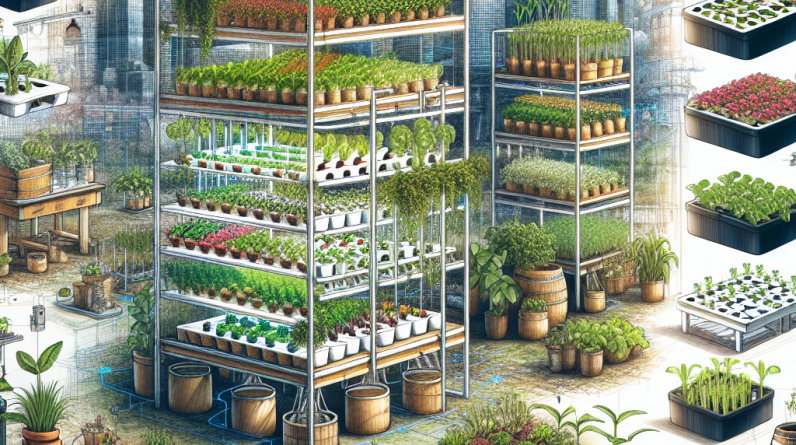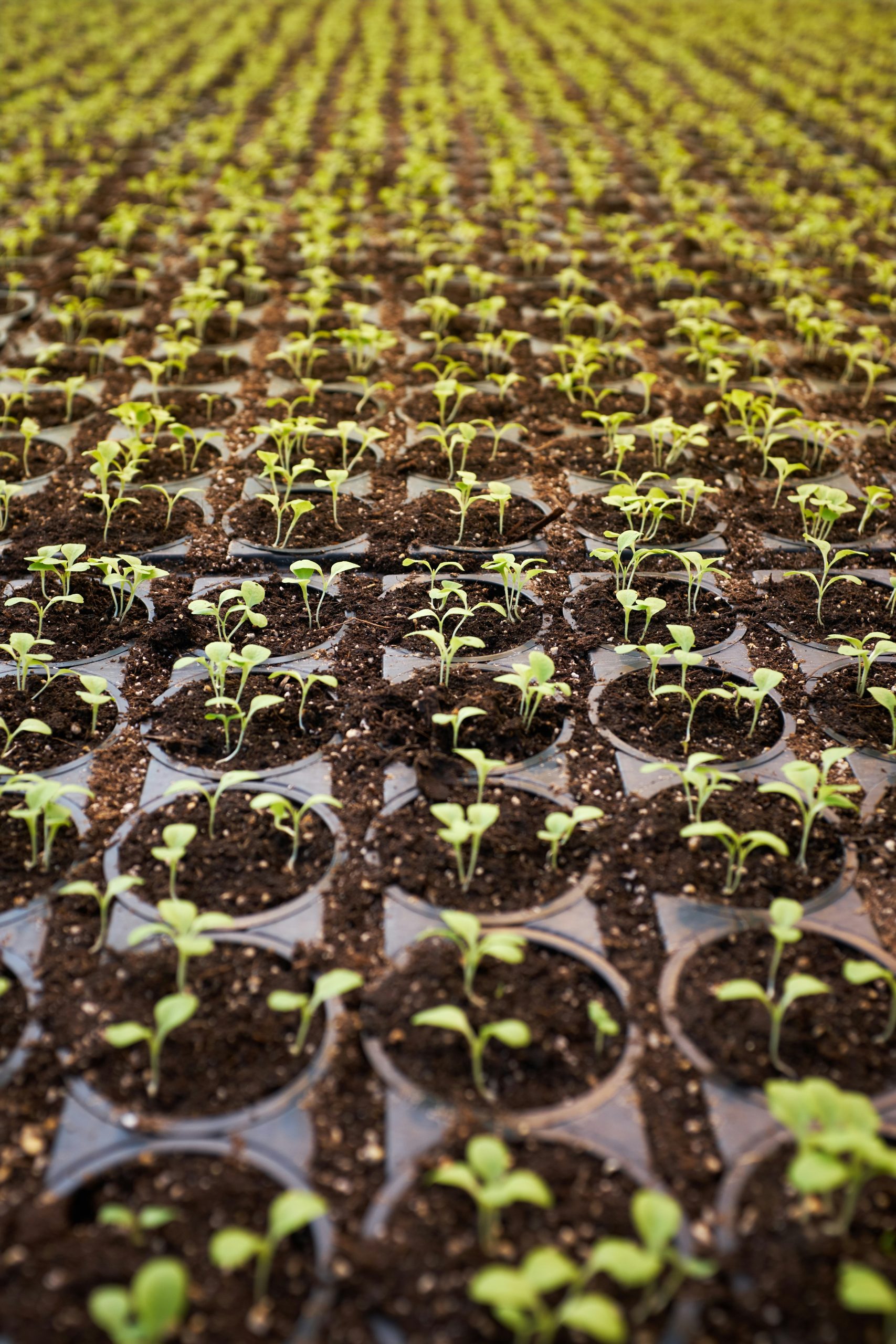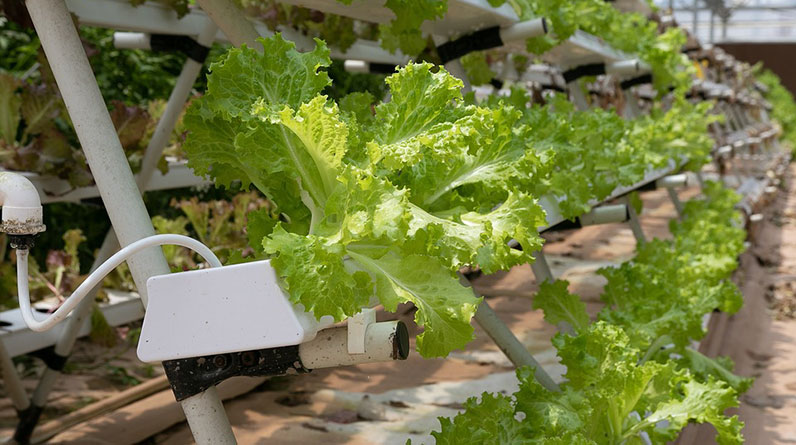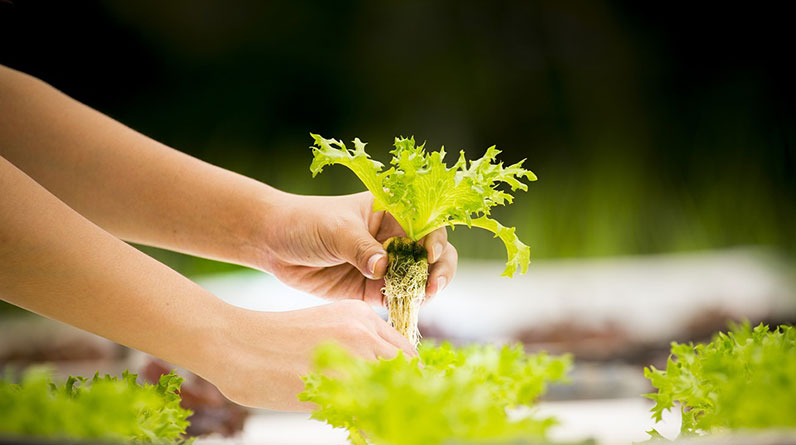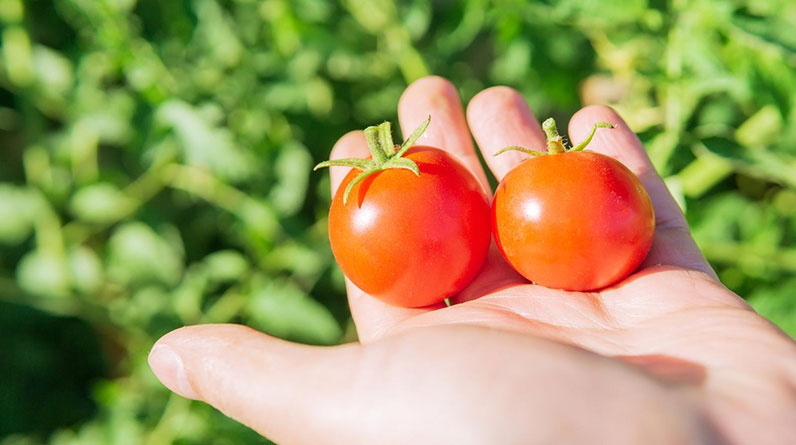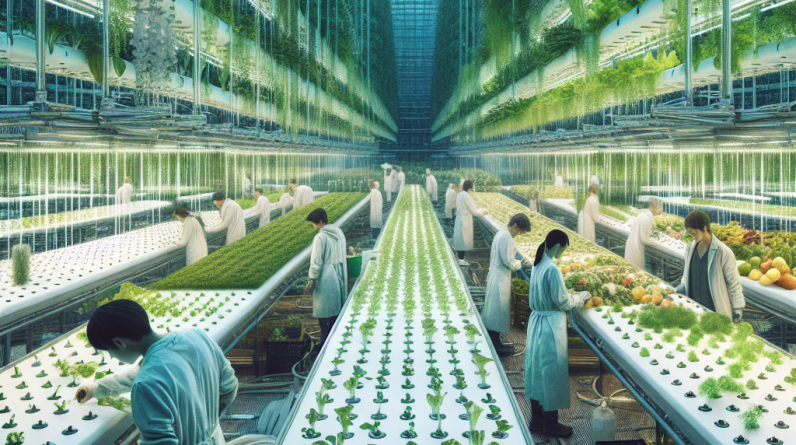
Hydroponics: The Soilless Revolution
Understanding Hydroponics
Let’s kick things off with hydroponics. This method has totally transformed how we think about farming by utilizing nutrient-rich water rather than soil to grow plants. Seriously, it’s like giving plants an all-you-can-eat buffet of nutrients! By controlling this environment, we can cultivate crops in much less space without the hassle of dirt.
To be honest, I was skeptical at first. The idea of growing tomatoes in water just sounded a bit out there. But once I saw how healthy and lush the plants were, I was sold! Plus, hydroponics can be done indoors or outdoors, which means it’s flexible enough for anyone to try. The system can be set up on a small scale in your kitchen or scaled up for commercial farming.
One cool aspect about hydroponics is that it allows crops to grow faster. Since they don’t have to reach deep into the ground for nutrients, they can focus their energy on producing fruit or foliage. That means a quicker turnaround for farmers, and who wouldn’t want that?
Aeroponics: The Future of Farming Technology
What is Aeroponics?
Aeroponics is the next level of soilless farming, taking hydroponics a step further. Instead of submerging roots in water, plants in aeroponic systems hang in the air with their roots exposed. They get misted with a nutrient-rich solution, which sounds a bit sci-fi, right? But trust me, it’s super effective!
I remember my first experience with an aeroponic setup. It was fascinating to see how well the plants thrived, hanging there like little green buddies in the air. This method is incredibly water-efficient too! With about 90% less water than traditional farming, it’s not only good for crops but it’s a win for the planet.
Aeroponics is also a great solution for urban farming. If you’re living in a city with limited space, you can utilize vertical aeroponic farms, growing crops upwards rather than outwards. Talk about maximizing your space! It’s a trend that’s really catching fire in urban areas around the world.
Vertical Farming: Maximizing Urban Space
Why Choose Vertical Farming?
Okay, let’s chat about vertical farming. If you haven’t heard of it, you’re in for a treat! This technique involves stacking layers of crops in vertically inclined spaces. Basically, it’s farming for those of us living in apartments or small homes. I’ve seen vertical farms set up in repurposed shipping containers, which is just mind-blowing!
What I love about vertical farming is its efficiency. It often incorporates hydroponic or aeroponic systems, which means it’s water-efficient and can produce a ton of food in a tiny footprint. Imagine having a mini farm in your basement or backyard! You could literally snip fresh basil for your pasta whenever you want.
Accessibility is a huge plus too. Not only can these farms bring fresh produce into urban areas, but they’re also helping communities with food insecurity. Just think about it—having fresh veggies grown right where you live can make a huge difference in what you eat. It’s a game changer!
Embracing Sustainable Practices
Environmental Benefits
Let’s dive into the sustainability aspect of soilless farming. One of the biggest perks is dramatically reducing the use of pesticides and herbicides. Because these systems can be controlled so tightly, there’s less need for chemicals that can harm the environment. It’s like farming made sustainable!
I’ve read studies showing how soilless methods can cut down on carbon footprints as they’re often done indoors. Plus, less transportation is needed since urban farms can produce food right where it’s consumed. Isn’t that amazing? It’s all about creating a healthier planet!
Going soilless can also make agriculture more resilient to climate change. When you’re not relying on traditional farming methods, you’re less affected by drought and fluctuating weather patterns. We can adjust better to climate realities, which is super important for the future of food production.
Hydrogel and Other Innovations
What is Hydrogel?
Last but definitely not least is the use of hydrogel technology in farming. This innovative material helps retain water and nutrients, allowing plants to thrive with less frequent watering. I mean, who wouldn’t want a less hands-on approach? Hydrogel is a bit like a magic sponge for your plants!
I’ve seen hydrogel used in various setups, from backyard gardens to larger scale farms. The beauty of it is that it can help conserve water while providing a steady supply of moisture to the roots. Plus, it’s biodegradable—how’s that for a win-win?
The innovation doesn’t stop there. Researchers are continually exploring ways to integrate new technologies with traditional practices in farming. The future looks bright as we combine tech and ag to find even better solutions for growing our food sustainably. It’s exciting to see where this journey takes us!
FAQ
1. What types of crops can be grown in hydroponic and aeroponic systems?
Pretty much anything! Leafy greens like lettuce, herbs like basil, and even strawberries can thrive in these systems. Some setups even allow for fruit-bearing plants!
2. Do I need a lot of space to start a soilless farm?
Nope! That’s the beauty of soilless farming—whether it’s a small indoor setup or a vertical farm, you can start with just a small area. Even a windowsill can work for some herbs!
3. How does soilless farming impact the environment?
Soilless farming generally uses less water, reduces chemical runoff, and can be set up in urban areas to minimize transportation emissions. It’s a greener approach to agriculture!
4. Is hydrogel safe for plants?
Absolutely! Hydrogel is biodegradable and designed to help retain moisture for plants, reducing the need for frequent watering.
5. Can I try soilless farming at home?
For sure! Many people start with small hydroponic kits or even DIY setups using common household items. It’s a fun and educational project!



